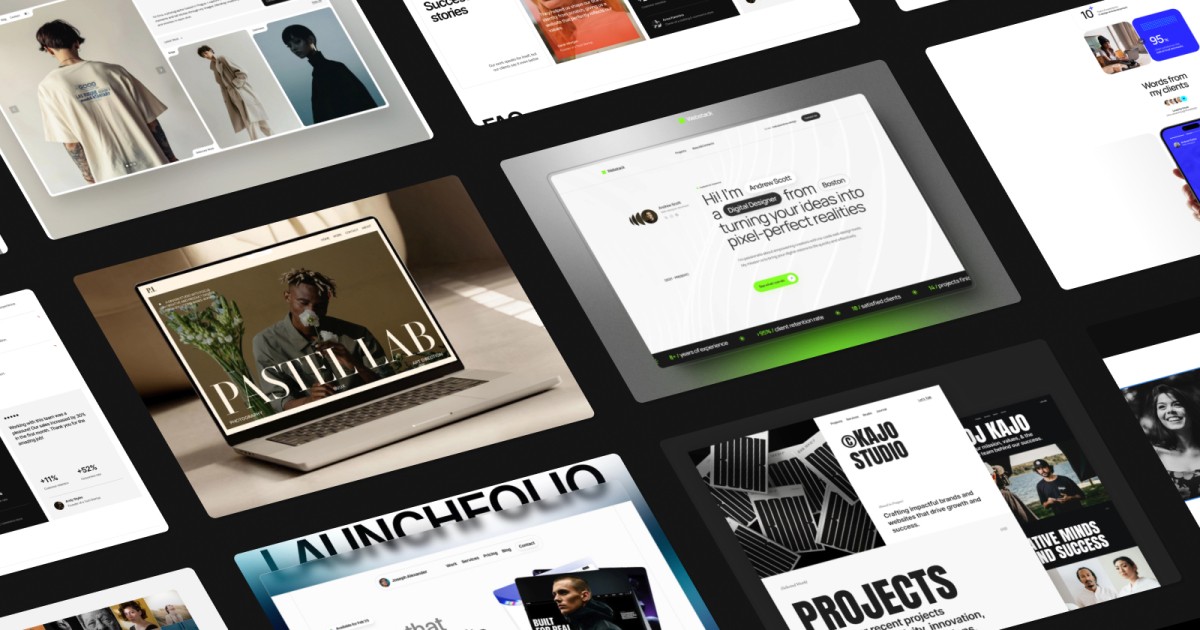Your choice of website design templates, therefore, is a business strategy and not a style. The right responsive web design template is a humble ambassador that works in the background to enhance the findability of your content, engage your visitors, and send powerful signals to search engines. It also makes all the difference between a site that says something and one that is heard.
How a Strategic Design Template Becomes Your Biggest Asset for SEO and Readership
The first impression a visitor gets from your site will cement their subsequent impressions. In a matter of seconds, they have already determined your credibility, professionalism, and findability. Messy, slow, or visually confusing design patterns will have them leave immediately, regardless of how well you communicate. On the contrary, a template designed with a purpose tends to draw eyes and holds respect. It establishes a clear visual hierarchy by leveraging typography, space, and color to draw attention to the most important elements; your title, image, and text. This immediate clarity reduces cognitive load, assures the visitor their time is being respected, and establishes an invitation to hang around, explore, and consider returning. The reduction in bounce rate (leaving page) is a simple, positive signal to search engines that the visitor found some value in your site.
If nothing else, a correctly chosen template is designed for longer engagement on the website than a quick impression. The layout of your design template must be a bridge to navigate to other pages and from one page view to multiple minute views. Here is where good design addresses and moderates key metrics such as dwell time and pages per session, metrics that search engines give more time to evaluate.
Thoughtful design achieves this through incredibly rich, contextual capabilities:
Strategically Positioned Related Sections: More than a “you may like” feature, after viewing a page a related section is purposely positioned to suggest highly relevant content, such as product recommendations, case studies, or articles, connected to the current subject. A higher quality design uses algorithmic suggestions or curated links to lead visitors into a helpful rabbit hole of content.
Sticky and Fixed Elements: A very simple example would be adding a subscription bar that appears when the visitor scrolls down or a sticky sidebar that lists popular pages or key categories. This offers constant but unobtrusive options for discovery without interrupting the viewing process.
Visual Breaks and Pull Quotes within Long Form Content: Adding these components to long form pages assists scannability, highlights specific points, and creates a more engaging read for the times where attention might wane.
This intentionally created discovery pathway ensures your content does not become an isolated island apart from the rest of your content ecosystem.
Secondly, a responsive web design template is also built around technical SEO.
Even the best content is rendered pointless if search engine spiders are unable to crawl, render, and index the page. A professionally coded template is made up of clean, semantic code that allows spiders to understand your hierarchy and content structure. You should expect semantic headings (H1, H2, H3), generic scaffolding for schema markup in a page (can enable rich snippets in search result pages), and plans for where images will load for native lazy loading. All of this technical work will take your on page SEO to the next level; without it your foundation is broken and your strategy is derailed and any keywords and metadata cannot reach their full potential.
Ultimately, the long term goal of any website is to create a community and sustained engagement, and your strategic design has the power to make this happen. As a minimum, a template should allow unobtrusive subscription options, whether it's an email newsletter or push notification, placed at appropriate breakpoints in user flow and while the visitor is participating at the highest engagement levels. Well placed, shareable, and social share buttons permit your champions to re share your content to their own networks, bringing premium referral traffic and important social signals. A well designed comments or reviews section opens up the channel for dialogue, transforms passive consumers into active participants, and creates a sense of belonging strong enough to encourage them to return time and again.
To be literal, choosing your website design templates is like choosing a partner for your digital business. It is the scaffolding that either enhances or diminishes how visitors receive your conclusions, whether your audience expands or stagnates, and ultimately whether your SEO campaign flourishes or fizzles. A template is the single most important factor that turns mere good messaging into a marketing juggernaut, building users and credibility with every page. Once you invest in a strategic impact template, you can let your content do what it is built to do, connect, convert, and claim your niche.
Responsive Web Design Template FAQ
What devices and screen sizes are supported?
Fully responsive across all devices: mobile phones (320px+), tablets (768px+), laptops (1024px+), and large desktops (1440px+). Uses fluid grids and flexible breakpoints for seamless scaling.
How does the mobile-first approach work?
Built with mobile first CSS methodology, base styles target mobile devices, then progressive enhancement for larger screens using min width media queries. Ensures optimal performance on mobile.
Can I customize the breakpoints and grid system?
Yes, Framer lets you edit breakpoints visually, adjust grid systems, and fine-tune spacing or alignment without coding. You can add custom breakpoints if needed.
Is the navigation mobile-friendly?
Features collapsible hamburger menus, touch friendly buttons (44px+ tap targets), swipe gestures, and accessible keyboard navigation. Automatically switches between desktop and mobile layouts.




